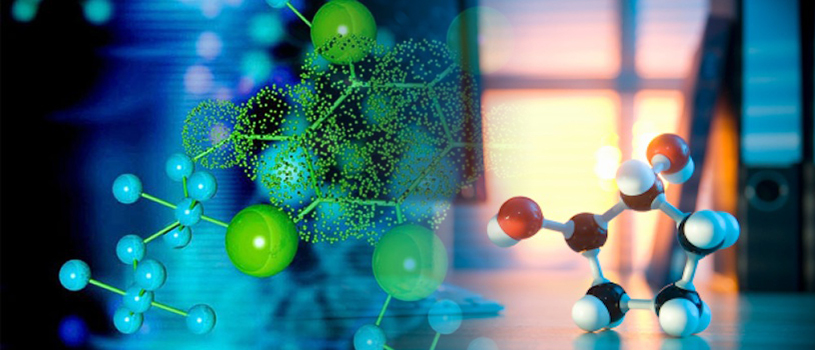
An international team of scientists has sequenced the whole genome from an adult male Egyptian who lived between over 4,500 years ago - a few centuries after Egyptian unification, bridging the Early Dynastic and Old Kingdom periods.

Scientists have taken an important step forward in understanding the human genome - our genetic blueprint - by fully deciphering the enigmatic Y chromosome present in males, an achievement that could help guide research on infertility in men.

The study used whole genome sequencing to examine the entire genomes of over 7,000 individuals with autism. The team found 134 genes linked with ASD and discovered a range of genetic changes.

Scientists have filled in millions of missing pieces of human DNA, yielding the most complete, gapless sequence of the human genome ever produced, bar one tiny chromosome.

The sequencing of the human genome was one of the greatest scientific feats of the past century. Now for the first time scientists fully sequenced the human X chromosome.

Now, for the first time, Stanford University researchers have used long-read, whole genome sequencing to diagnose a patient.

(PhysOrg.com) -- Oxford University spinoff company, Oxford Nonopore has announced at this year’s Advances in Genome Biology and Technology conference in Florida, two new machines for sequencing genes. Of particular note is the MinION, a machine small enough to fit in the hand which can be plugged into a laptop’s USB port. The other, the GridION, is a larger version that can be stacked to increase processing power. Both rely on a technology known as strand sequencing whereby a nanopore (engineered protein) is used to pull strands of DNA through a hole where a microchip measures minute changes in the electrical current in the membrane around it as individual bases, or pairs are pulled through. Because of the way it is done, much longer sections of DNA can be examined at once, doing away with the need to examine small sections independently and then knitting the results together with a computer afterwards.

Life Technologies Corporation announced Tuesday that it is taking orders for its new benchtop Ion Proton Sequencer, designed to sequence the entire human